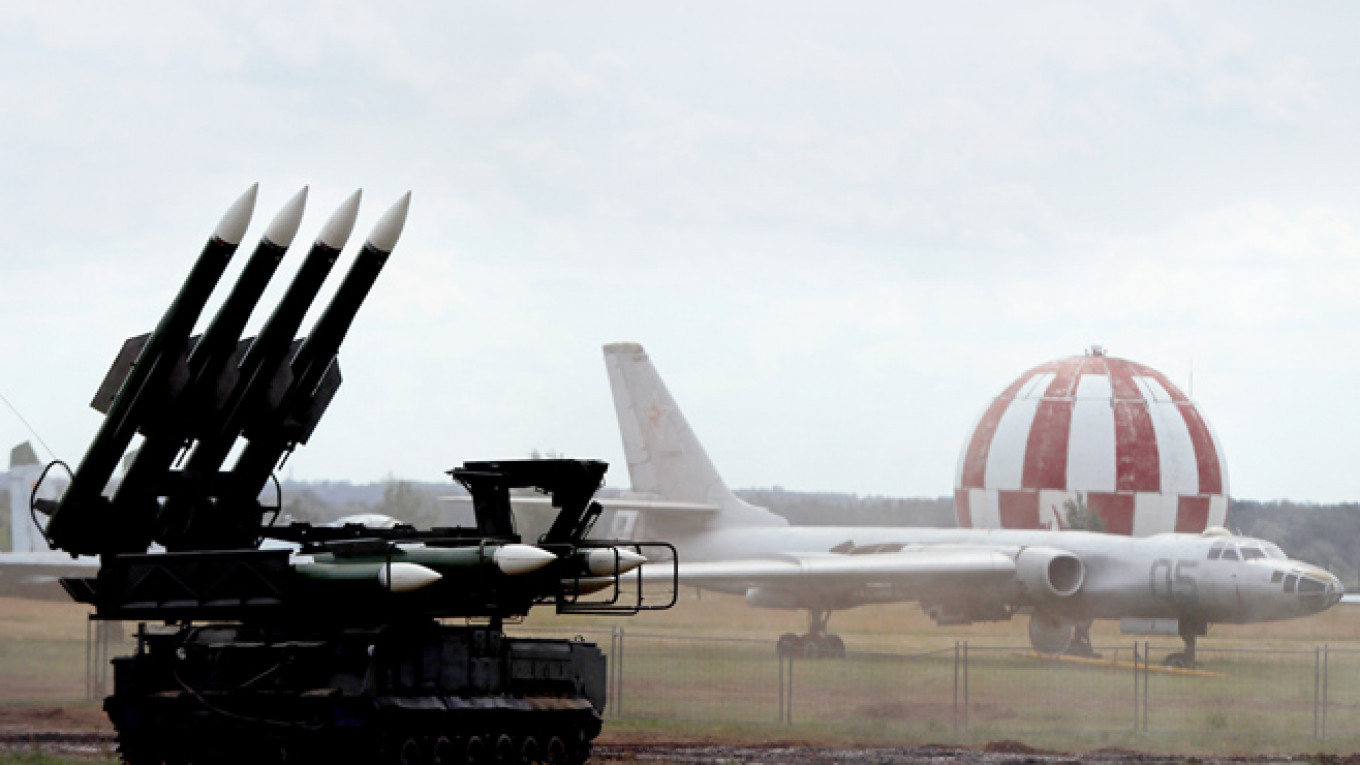A new report by citizen investigative journalist outfit Bellingcat has presented new claims about the anti-aircraft missile launcher supposedly responsible for the downing of Malaysia Airlines Flight MH17 over eastern Ukraine in July 2014. Building on earlier work, the investigation identified superficial qualities of a Buk anti-aircraft launcher seen in the region, and matched it with a unit stationed in the city of Kursk in southwest Russia.
The question of who shot down MH17 is one of the most controversial aspects of the Ukraine crisis, with all parties to the conflict accusing the others of destroying the civilian airliner. It has generated a huge number of theories and counter-theories.
Ukraine and the West have maintained that Russian-backed separatists fired the missile. Russia has consistently contested such claims, and forwarded a myriad of alternate theories pointing to Ukrainian forces. An official Dutch-led investigation is working to identify the culprits, but results are not expected until later this year.
Bellingcat, a group of semi-amateur investigators, have for almost two years labored to form their own conclusions. They have focused on hardware details — comparing types of equipment in use by Ukrainian and Russian forces, and searching for open-source images of missiles and missile launchers known to have been operating in east Ukraine the day MH17 was shot down. Russian officials have consistently questioned the competence of Bellingcat's investigators to conduct this kind of work.
Kremlin spokesperson Dmitry Peskov responded on May 4 by claiming the identity of the Bellingcat group was "unknown," and therefore suspect. Furthermore, he deferred questions about Buk designations to the Defense Ministry. A Foreign Ministry spokesperson said that an official statement would be made only after Russian experts have time to study the latest Bellingcat report.
In their report published on May 3, the Bellingcat team claimed to have identified the specific Buk as unit 332. Images of the unknown Buk in east Ukraine showed a three and a two painted on the side, separated by an obfuscated number. Bellingcat scoured Russian social media networks to find older photos of Buks in Kursk with designations 312, 322 and 332.
Beyond the numbers three and two, the mystery Buk had unique dents on the protective skirt lining its chassis, and one wheel that didn't match the others. The team also noticed that all Buk launchers have unique arrangements of cables connecting the chassis to the rotating turret. By comparing these features to known Ukrainian Buk launchers, and the Russian units in Kursk, the team concluded that it was a match to Russian Buk number 332.
The investigators have raised the technical sophistication of the MH17 debate, but Russia has answered with technical theories of its own. Last year, Buk missile manufacturer Almaz-Antey held press conferences in which they claimed a Soviet-built Buk missile, no longer in service with the Russian military, was the only weapon type that could have produced the damage patterns seen on the aircraft body.
When photos of those missiles in service with the Russian military were found online, Almaz-Antey then denied Buk-specific damage patterns were even present on the MH17 hull.
The latest Bellingcat report is unlikely to change either side's position on who shot down MH17. The question is whether, by increasing the level of technical detail and expertise, they are also pushing the case beyond public comprehension.
Contact the author at [email protected]. Follow the author on Twitter at @mattb0401.
A Message from The Moscow Times:
Dear readers,
We are facing unprecedented challenges. Russia's Prosecutor General's Office has designated The Moscow Times as an "undesirable" organization, criminalizing our work and putting our staff at risk of prosecution. This follows our earlier unjust labeling as a "foreign agent."
These actions are direct attempts to silence independent journalism in Russia. The authorities claim our work "discredits the decisions of the Russian leadership." We see things differently: we strive to provide accurate, unbiased reporting on Russia.
We, the journalists of The Moscow Times, refuse to be silenced. But to continue our work, we need your help.
Your support, no matter how small, makes a world of difference. If you can, please support us monthly starting from just $2. It's quick to set up, and every contribution makes a significant impact.
By supporting The Moscow Times, you're defending open, independent journalism in the face of repression. Thank you for standing with us.
Remind me later.


